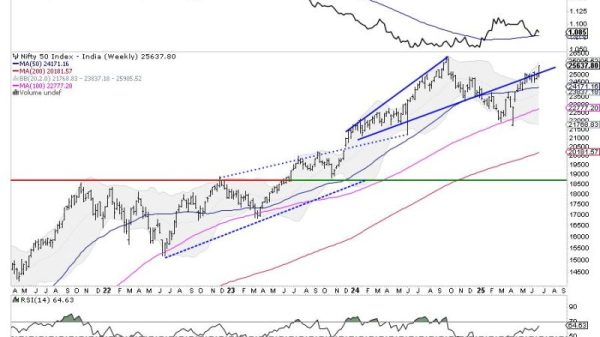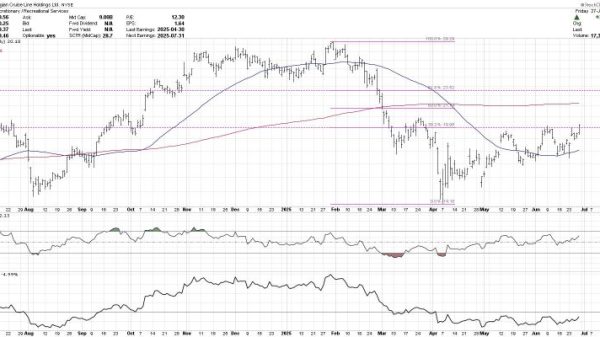Tech vs. Semiconductors: Understanding the Key Differences
Technology and semiconductors are two sectors that lie at the heart of the modern world. With rapid advancements in both industries, investors often find themselves in a dilemma when it comes to deciding where to put their money. Understanding the key differences between tech and semiconductors can help traders make well-informed decisions to maximize their investment potential.
Tech Sector:
The technology sector encompasses a broad range of companies involved in the development, production, and distribution of technology products and services. This includes companies specializing in software, hardware, telecommunications, and internet services. Tech firms are known for their innovation and agility in adapting to changing market trends.
Investing in the technology sector can offer significant opportunities for growth, as these companies are at the forefront of innovation. Tech stocks tend to be more volatile due to the rapid pace of technological advancements and shifts in consumer preferences. Investors in the tech sector need to stay abreast of the latest developments and be prepared for fluctuations in stock prices.
Semiconductor Sector:
Semiconductors are essential components of electronic devices, serving as the building blocks of modern technology. Semiconductor companies design and manufacture integrated circuits and chips used in a wide range of products, including computers, smartphones, and automotive electronics. The semiconductor industry is characterized by high barriers to entry and capital-intensive operations.
Investing in semiconductor stocks can provide investors with exposure to the growing demand for electronic devices and technological advancements. Semiconductor companies are integral to the supply chain of various industries, making them less susceptible to market fluctuations compared to tech firms. However, the semiconductor sector is also influenced by factors such as global chip shortages and geopolitical tensions, which can impact stock prices.
Key Differences:
1. Market Dynamics: The technology sector is diverse and encompasses a wide range of companies, while the semiconductor sector is more focused on the production of essential components. Tech stocks are often driven by consumer demand and innovation, whereas semiconductor stocks are influenced by factors like supply chain issues and global demand for electronic devices.
2. Volatility: Tech stocks are known for their high volatility due to the rapid pace of innovation and changing market trends. On the other hand, semiconductor stocks tend to be less volatile but can still experience fluctuations based on industry-specific factors.
3. Growth Potential: Both sectors offer opportunities for growth, but the technology sector may provide higher growth potential due to its focus on innovation and emerging technologies. Semiconductor stocks can also offer solid growth prospects, particularly as demand for electronic devices continues to rise.
In conclusion, the decision to invest in either the tech or semiconductor sector depends on individual risk tolerance, investment goals, and market conditions. While the technology sector may offer higher growth potential, semiconductor stocks can provide stability and consistent returns. Diversifying a portfolio across both sectors can help mitigate risks and capitalize on opportunities in the dynamic world of technology and semiconductors.


































